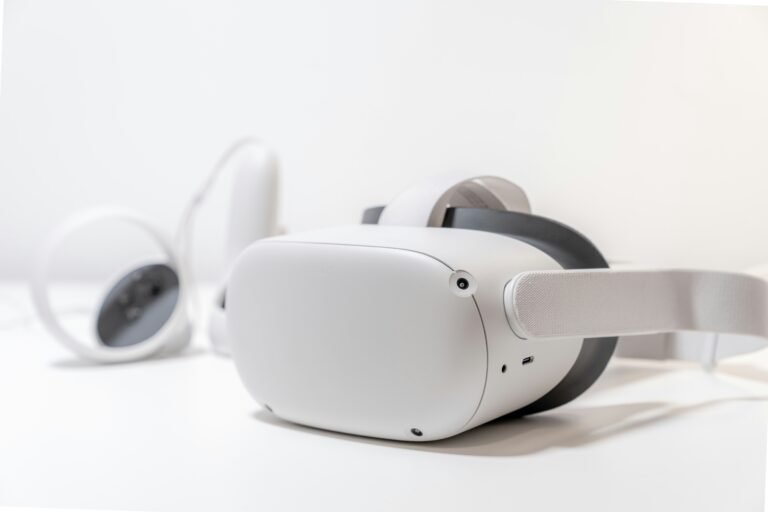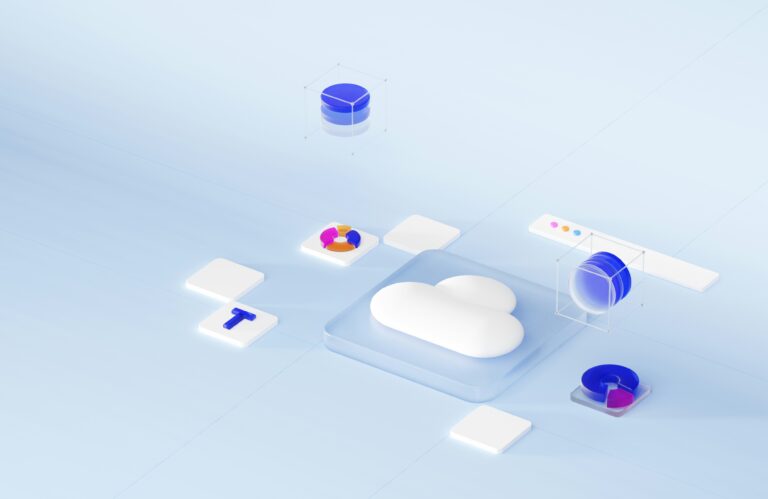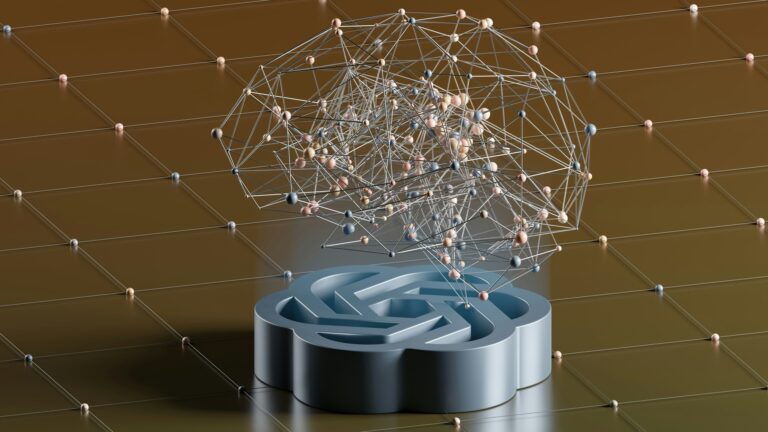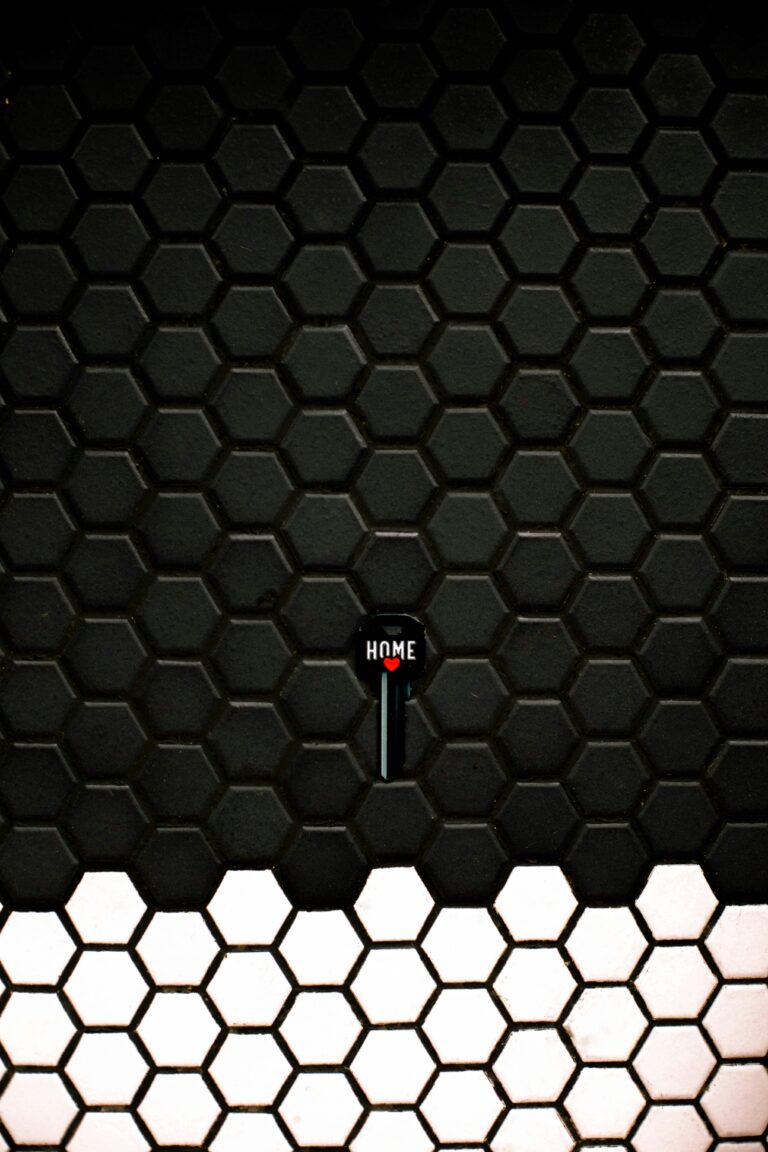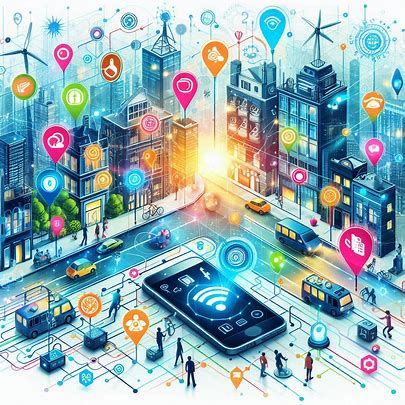
Introduction
Imagine a world where your refrigerator alerts you when you’re low on milk, your thermostat adjusts itself to save energy, and your car communicates with traffic lights to avoid congestion. This is the reality of the Internet of Things (IoT), a transformative technology that connects everyday objects to the internet, enabling them to collect, share, and act on data. IoT is reshaping industries, homes, and cities, making our lives more convenient, efficient, and sustainable. This article explores what IoT is, how it works, its real-world applications, current trends, and its potential to shape the future, all in an accessible and engaging way.
What is the Internet of Things?
The Internet of Things refers to a network of physical devices—ranging from household appliances to industrial machinery—that are embedded with sensors, software, and connectivity to exchange data over the internet. Unlike traditional computers, IoT devices are often “smart” versions of everyday objects, designed to perform specific tasks autonomously or with minimal human intervention.
Key Components of Internet of Things
- Sensors and Actuators: Sensors collect data (e.g., temperature, motion), while actuators perform actions (e.g., turning on a light).
- Connectivity: Devices communicate via Wi-Fi, Bluetooth, 5G, or other networks.
- Data Processing: Collected data is analyzed, either on the device (edge computing) or in the cloud, to make decisions.
- User Interface: Apps or dashboards allow users to monitor and control IoT devices, like a smartphone app for a smart thermostat.
For example, a smart doorbell with a camera (like Ring) uses sensors to detect motion, connects to your home Wi-Fi, processes data to send alerts, and lets you view the feed on your phone.
How Internet of Things Works
IoT systems follow a simple yet powerful process:
- Data Collection: Sensors gather information from the environment, such as a fitness tracker monitoring your heart rate.
- Data Transmission: The device sends data to a central system (e.g., a cloud server) via the internet.
- Data Analysis: Algorithms process the data to generate insights or trigger actions. For instance, a smart irrigation system analyzes soil moisture to decide when to water crops.
- Action: The system responds, either autonomously (e.g., adjusting a thermostat) or by notifying the user.
This seamless interaction enables IoT devices to enhance efficiency and convenience across various domains.
Real-World Applications of Internet of Things
IoT’s versatility makes it a cornerstone of modern innovation, impacting multiple sectors.
Smart Homes
IoT devices make homes more comfortable and efficient. Smart thermostats like Nest learn your schedule to optimize heating and cooling, saving energy. Smart lights (e.g., Philips Hue) can be controlled remotely or programmed to change colors based on mood. Smart security systems, such as SimpliSafe, use IoT to monitor homes and alert owners to intrusions.
Healthcare
IoT is transforming healthcare through wearable devices and remote monitoring. Fitbit and Apple Watch track vital signs like heart rate and sleep patterns, empowering users to manage their health. In hospitals, IoT-enabled equipment monitors patients in real-time, alerting doctors to abnormalities. For example, smart insulin pumps adjust dosages for diabetic patients based on blood sugar levels.
Transportation and Logistics
IoT optimizes transportation by enabling real-time tracking and automation. Fleet management systems use IoT to monitor vehicle locations, fuel efficiency, and driver behavior, reducing costs for companies like UPS. In smart cities, IoT sensors on traffic lights and roads manage traffic flow, minimizing congestion and emissions.
Agriculture
Smart agriculture leverages IoT to boost crop yields and sustainability. IoT sensors monitor soil moisture, weather, and crop health, enabling precision farming. For instance, John Deere’s IoT-enabled tractors optimize planting and harvesting, while smart irrigation systems conserve water by watering crops only when needed.
Industry and Manufacturing
In industrial settings, IoT drives the concept of Industry 4.0. Smart factories use IoT sensors to monitor machinery, predict maintenance needs, and reduce downtime. For example, General Electric uses IoT to optimize wind turbine performance, increasing energy output.
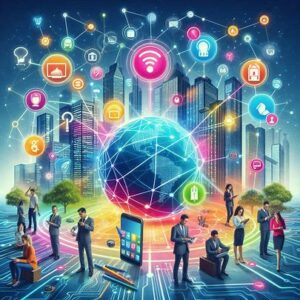
Current Trends in Internet of Things
As of 2025, IoT continues to evolve, driven by technological advancements and growing adoption. Here are key trends shaping its future:
5G Integration
The rollout of 5G networks enhances IoT by providing faster, more reliable connectivity. This enables real-time applications, such as autonomous vehicles that rely on instant data exchange. 5G also supports more connected devices, crucial for smart cities.
Edge Computing
Edge computing processes data on the device itself rather than in the cloud, reducing latency and bandwidth usage. This is vital for applications like self-driving cars, where split-second decisions are critical. Companies like NVIDIA are advancing edge IoT solutions.
AI and Internet of Things Convergence
Combining IoT with artificial intelligence (AI) enables smarter decision-making. For example, AI analyzes IoT data from smart cameras to detect security threats or optimize energy usage in buildings. This synergy is driving innovations in predictive maintenance and personalized healthcare.
Sustainability Focus
IoT is playing a key role in sustainability. Smart grids use IoT to balance energy demand, reducing waste. IoT sensors in waste management systems optimize recycling by monitoring bin levels, as seen in cities like Singapore.
Enhanced Security
With IoT’s growth, cybersecurity is a priority. New encryption standards and blockchain-based IoT solutions are emerging to protect data. For instance, IBM’s blockchain-IoT integration ensures secure data sharing in supply chains.
Challenges of Internet of Things
Despite its benefits, IoT faces hurdles:
- Security and Privacy: IoT devices are vulnerable to hacking, as seen in past breaches of smart cameras. Robust encryption and regular updates are essential.
- Interoperability: Different IoT devices often use incompatible standards, complicating integration. Efforts like the Matter protocol aim to address this.
- Data Overload: IoT generates massive data volumes, requiring efficient storage and analysis systems.
- Cost and Accessibility: Deploying IoT infrastructure can be expensive, particularly in developing regions.
Addressing these challenges requires collaboration between governments, industries, and tech developers.
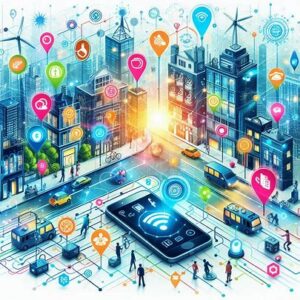
The Future of Internet of Things
IoT’s potential is vast. By 2030, experts predict over 50 billion connected devices worldwide, transforming industries and daily life. Future developments may include:
- Smart Cities: Entire cities will use IoT to manage resources, from water to energy, improving livability.
- Healthcare Innovations: IoT could enable real-time global health monitoring, aiding pandemic response.
- Consumer Convenience: Advanced IoT ecosystems will integrate devices seamlessly, creating fully automated homes.
However, realizing this potential requires investment in infrastructure, skills, and ethical frameworks to ensure equitable access and responsible use.
Conclusion
The Internet of Things is revolutionizing how we interact with the world, connecting devices to create smarter, more efficient systems. From smart homes to precision agriculture, IoT’s applications are diverse and impactful. As trends like 5G, AI integration, and sustainability drive its growth, Internet of Things promises a future where technology enhances every aspect of life. By addressing challenges like security and interoperability, we can unlock IoT’s full potential, building a connected world that benefits all.
